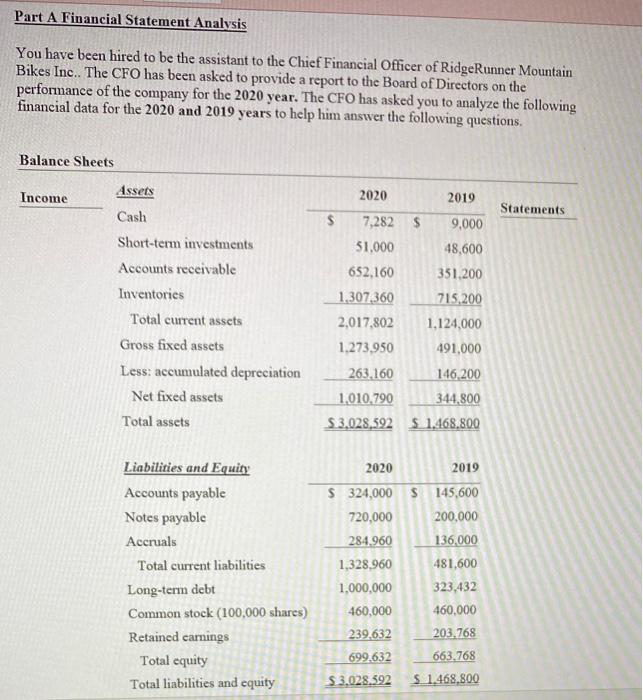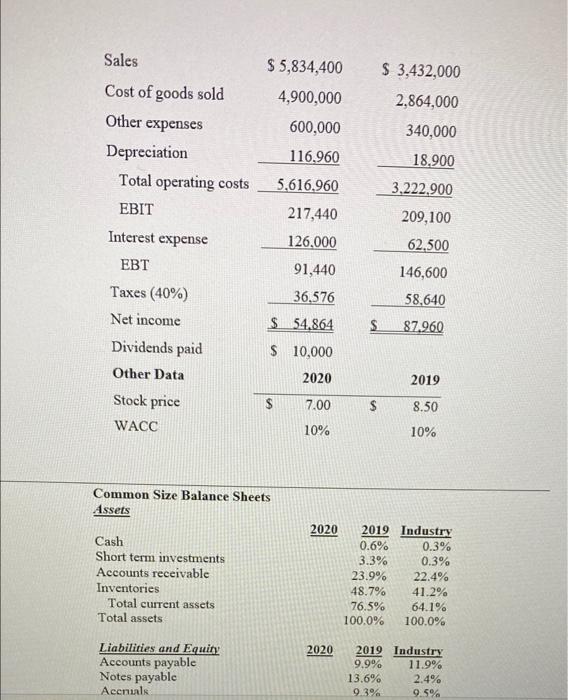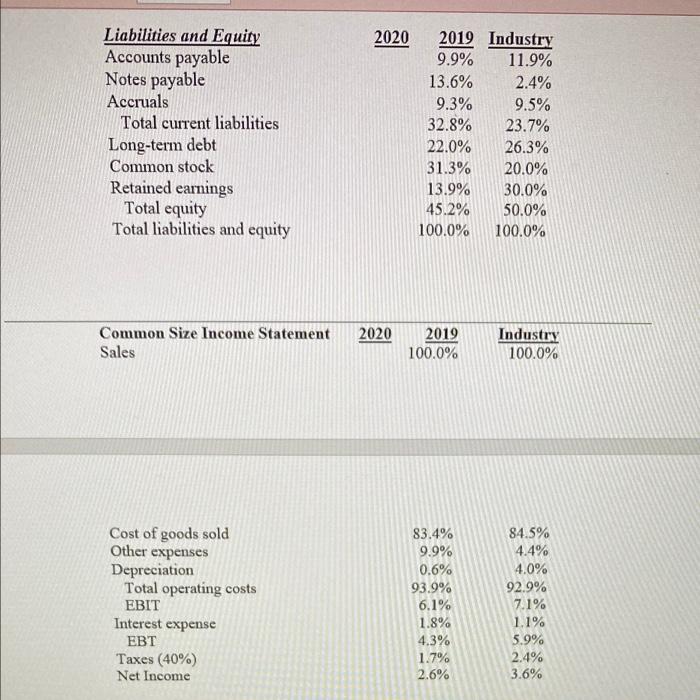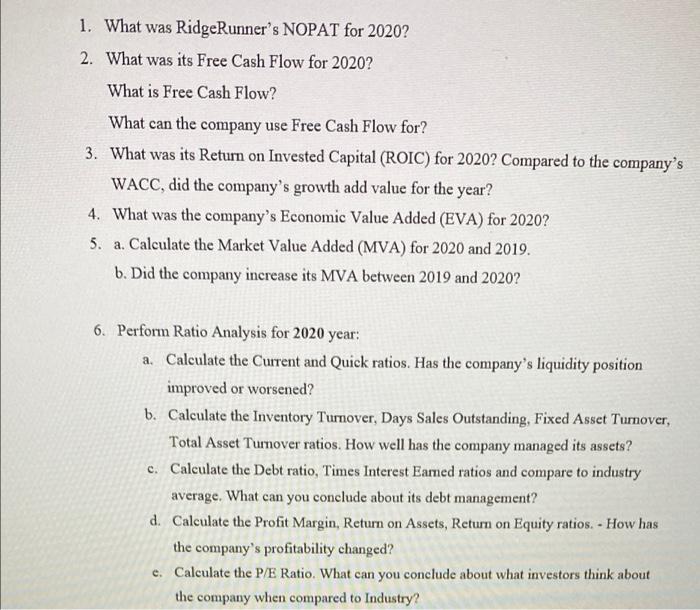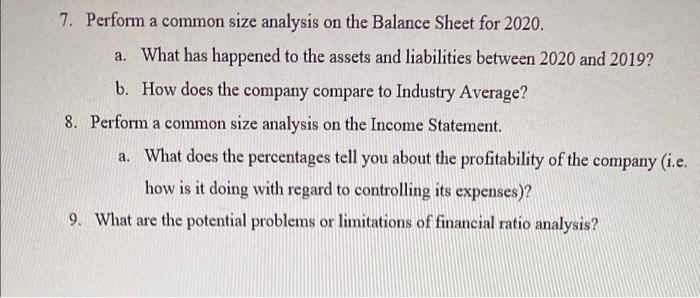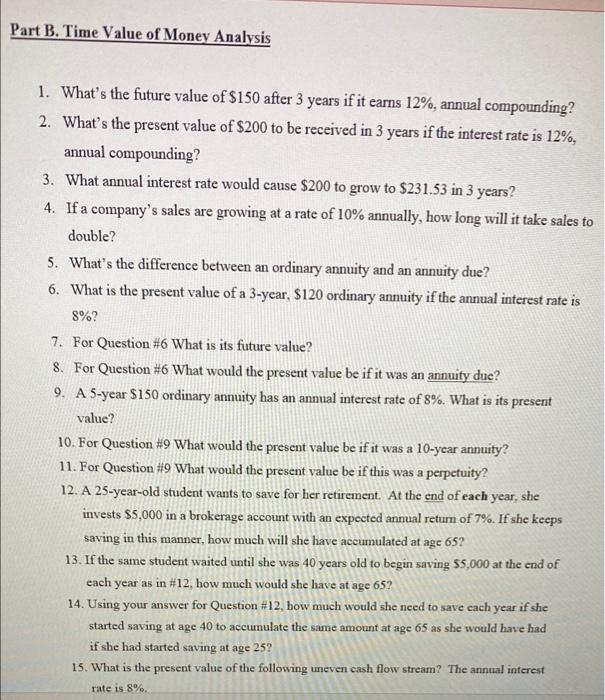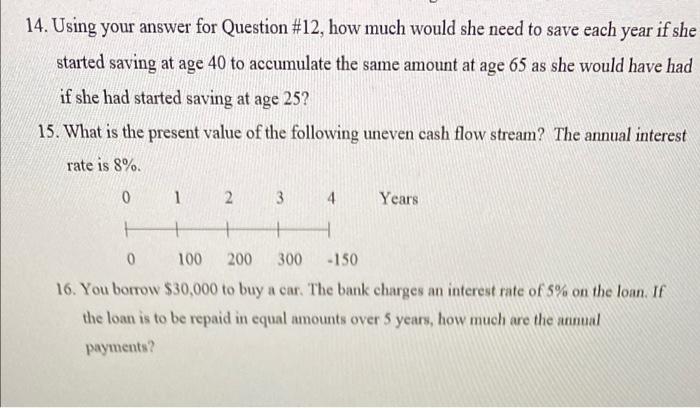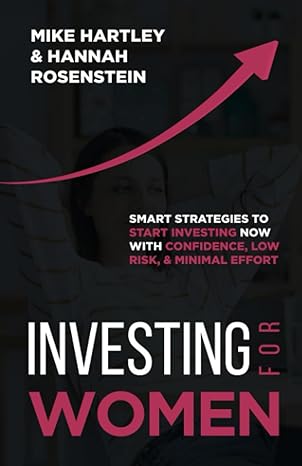Part A Financial Statement Analysis You have been hired to be the assistant to the Chief Financial Officer of RidgeRunner Mountain Bikes Inc.. The CFO has been asked to provide a report to the Board of Directors on the performance of the company for the 2020 year. The CFO has asked you to analyze the following financial data for the 2020 and 2019 years to help him answer the following questions, Balance Sheets Income Assets Statements Cash Short-term investments Accounts receivable Inventories Total current assets Gross fixed assets Less: accumulated depreciation Net fixed assets Total assets 2020 2019 $ 7,282 $ 9,000 51.000 48,600 652,160 351.200 1,307,360 715,200 2,017,802 1,124,000 1.273.950 491,000 263,160 146,200 1,010,790 344.800 $ 3,028,592 $ 1,468,800 Liabilities and Equity Accounts payable Notes payable Accruals Total current liabilities Long-term debt Common stock (100,000 shares) Retained carnings Total equity Total liabilities and equity 2020 2019 $ 324,000 $ 145,600 720,000 200,000 284.960 136,000 1,328,960 481,600 1,000,000 323,432 460,000 460,000 239,632 203.768 699.632 663.768 $ 3,028,592 S 1.468.800 Sales $ 5,834,400 4,900,000 Cost of goods sold Other expenses Depreciation Total operating costs EBIT 600,000 116.960 5,616.960 217,440 $ 3,432,000 2,864,000 340,000 18,900 3.222,900 209,100 62.500 146,600 Interest expense 126.000 EBT 91,440 36,576 $ 54,864 $ 10,000 58,640 87.960 Taxes (40%) Net income Dividends paid Other Data Stock price WACC $ 2020 2019 7.00 8.50 10% 10% Common Size Balance Sheets Assets Cash Short term investments Accounts receivable Inventories Total current assets Total assets 2020 2019 Industry 0.6% 0.3% 3.3% 0.3% 23.9% 22.4% 48.7% 41.2% 76.5% 64.1% 100.0% 100.0% 2020 Liabilities and Equity Accounts payable Notes payable Accruals 2019 Industry 9.9% 11.9% 13.6% 2.4% 9.3% 9.5% 2020 Liabilities and Equity Accounts payable Notes payable Accruals Total current liabilities Long-term debt Common stock Retained earnings Total equity Total liabilities and equity 2019 Industry 9.9% 11.9% 13.6% 2.4% 9.3% 9.5% 32.8% 23.7% 22.0% 26.3% 31.3% 20.0% 13.9% 30.0% 45.2% 50.0% 100.0% 100.0% Common Size Income Statement Sales 2020 2019 100.0% Industry 100.0% Cost of goods sold Other expenses Depreciation Total operating costs EBIT Interest expense EBT Taxes (40%) Net Income 83.4% 9.9% 0.6% 93.9% 6.1% 1.8% 4.3% 1.7% 2.6% 84.5% 4.4% 4.0% 92.9% 7.1% 1.1% 5.9% 2.4% 3.6% Financial Ratios 2020 2019 Industry Avg Current 2.3X 2.7X 0.8X 1.0X 4.0X 6.1X Quick Inventory Turnover Days Sales Outstanding Fixed Asset Turnover Total Asset Turnover Debt ratio 37 32 10.0X 7.OX 2.3X 2.5X .548 .500 TIE 3.3X 6.2X 2.6% 3.6% Profit Margin Return on Assets Return on Equity Price/Earnings 6.0% 9.0% 13.3% 17.9% 16.2X 9.7x 1. What was RidgeRunner's NOPAT for 2020? 2. What was its Free Cash Flow for 2020? What is Free Cash Flow? What can the company use Free Cash Flow for? 3. What was its Return on Invested Capital (ROIC) for 2020? Compared to the company's WACC, did the company's growth add value for the year? 4. What was the company's Economic Value Added (EVA) for 2020? 5. a. Calculate the Market Value Added (MVA) for 2020 and 2019. b. Did the company increase its MVA between 2019 and 2020? 6. Perform Ratio Analysis for 2020 year: a. Calculate the Current and Quick ratios. Has the company's liquidity position improved or worsened? b. Calculate the Inventory Tumover, Days Sales Outstanding, Fixed Asset Turnover, Total Asset Turnover ratios. How well has the company managed its assets? c. Calculate the Debt ratio, Times Interest Eamed ratios and compare to industry average. What can you conclude about its debt management? d. Calculate the Profit Margin, Return on Assets, Return on Equity ratios. - How has the company's profitability changed? e. Calculate the P/E Ratio. What can you conclude about what investors think about the company when compared to Industry? 7. Perform a common size analysis on the Balance Sheet for 2020. a. What has happened to the assets and liabilities between 2020 and 2019? b. How does the company compare to Industry Average? 8. Perform a common size analysis on the Income Statement. a. What does the percentages tell you about the profitability of the company (i.e. how is it doing with regard to controlling its expenses)? 9. What are the potential problems or limitations of financial ratio analysis? Part B. Time Value of Money Analysis 1. What's the future value of $150 after 3 years if it earns 12%, annual compounding? 2. What's the present value of $200 to be received in 3 years if the interest rate is 12%, annual compounding? 3. What annual interest rate would cause $200 to grow to $231.53 in 3 years? 4. If a company's sales are growing at a rate of 10% annually, how long will it take sales to double? 5. What's the difference between an ordinary annuity and an annuity due? 6. What is the present value of a 3-year, $120 ordinary annuity if the annual interest rate is 8%? 7. For Question #6 What is its future value? 8. For Question #6 What would the present value be if it was an annuity due? 9. A 5-year $150 ordinary annuity has an annual interest rate of 8%. What is its present value? 10. For Question #9 What would the present value be if it was a 10-year annuity? 11. For Question #9 What would the present value be if this was a perpetuity? 12. A 25-year-old student wants to save for her retirement. At the end of each year, she invests $5,000 in a brokerage account with an expected annual return of 7%. If she keeps saving in this manner, how much will she have accumulated at age 65? 13. If the same student waited until she was 40 years old to begin saving $5,000 at the end of each year as in #12, how much would she have at age 65? 14. Using your answer for Question #12, how much would she need to save cach year if she started saving at age 40 to accumulate the same amount at age 65 as she would have had if she had started saving at age 25? 15. What is the present value of the following uneven cash flow stream? The annual interest rate is 8%. 14. Using your answer for Question #12, how much would she need to save each year if she started saving at age 40 to accumulate the same amount at age 65 as she would have had if she had started saving at age 25? 15. What is the present value of the following uneven cash flow stream? The annual interest rate is 8% 0 1 2 3 4 Years + + 0 100 200 300 - 150 16. You borrow $30,000 to buy a car. The bank charges an interest rate of 5% on the loan. If the loan is to be repaid in equal amounts over 5 years, how much are the samal payments
